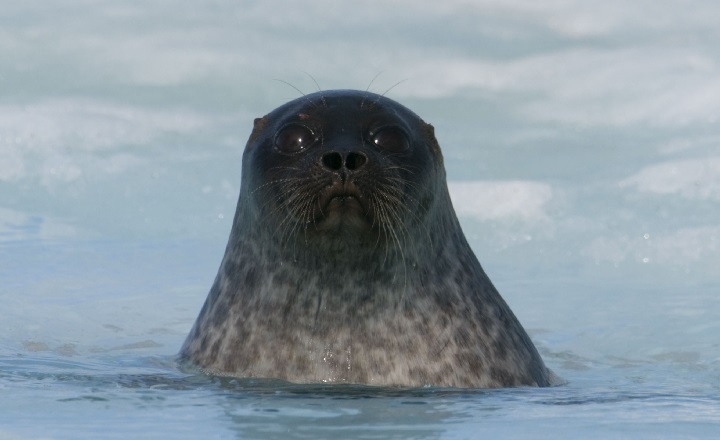Polar bear numbers could drop by a third by mid-century due to disappearing Arctic sea ice owing to climate change, a comprehensive new study has found.

The current global population of polar bears is estimated to be around 26,000. The bears use the ice as a platform to hunt seals, the fat-rich prey they depend on to get through the long Arctic winter.
READ MORE: 2016 will be the hottest year on record
Researchers said there’s a 70 per cent chance the population will shrink by a third; there’s a chance, but a lower probability, the population could decline by 50 per cent by 2050.
The reseachers’ projections were made using statistical models and computer simulations, using 35 years of satellite data.

“Our findings support the potential for large declines in polar bear numbers owing to sea-ice loss,” the study states.
“According to IUCN Red List reduction thresholds, which provide a common measure of extinction risk across taxa, these results are consistent with listing the species as vulnerable.”
The IUCN has been assessing the conservation status of species for the last 50 years. A vulnerable standing is defined as “considered to be facing a high risk of extinction in the wild.”
The world’s southernmost population of polar bears has already lost significant amounts of body weight after decades of shrinking sea ice, an Ontario study released in April noted. Examining the population living along Ontario’s Hudson Bay coast, it found that females in particular are suffering from fewer hunting days due to loss of habitat.
READ MORE: Startling image of emaciated polar bear: Sign of climate change?
- High benzene levels detected near Ontario First Nation for weeks, residents report sickness
- Ontario takes action against chemical plant after Aamjiwnaang First Nation residents fell ill
- Enter at your own risk: New home security camera aims paintballs at intruders
- Fishing vessel with crane, net arrives in Zeballos for orca calf rescue
Bears are also being forced to swim for longer, which is especially hard for mothers with cubs, and older or less healthy bears.
Arctic sea ice has been declining at the rate of about 12 per cent per decade since satellite monitoring began in the late 1970s.
A NASA animation released in November showed how older, thicker, Arctic sea ice is disappearing.

“In the past, we’ve always had enough ice growth and ice aging, enough ice surviving the summers to replenish the ice that’s lost,” said NASA research scientist Walt Meier. “But in recent years, we’ve seen less replenishment, there’s been more melt during the summer.”
The warmer waters aren’t just harming the polar bears’ chances.
Ringed seals are another sea-ice dependent animal at risk, while the north Atlantic right whale is highly endangered as the production of their food source, phytoplankton and zooplankton, is reduced due to warmer water.
Global leaders are hoping to put a cap on climate change with the signing of the Paris agreement; The agreement aims to limit warming to “well below” 2 C.
With files from the Canadian Press





Comments